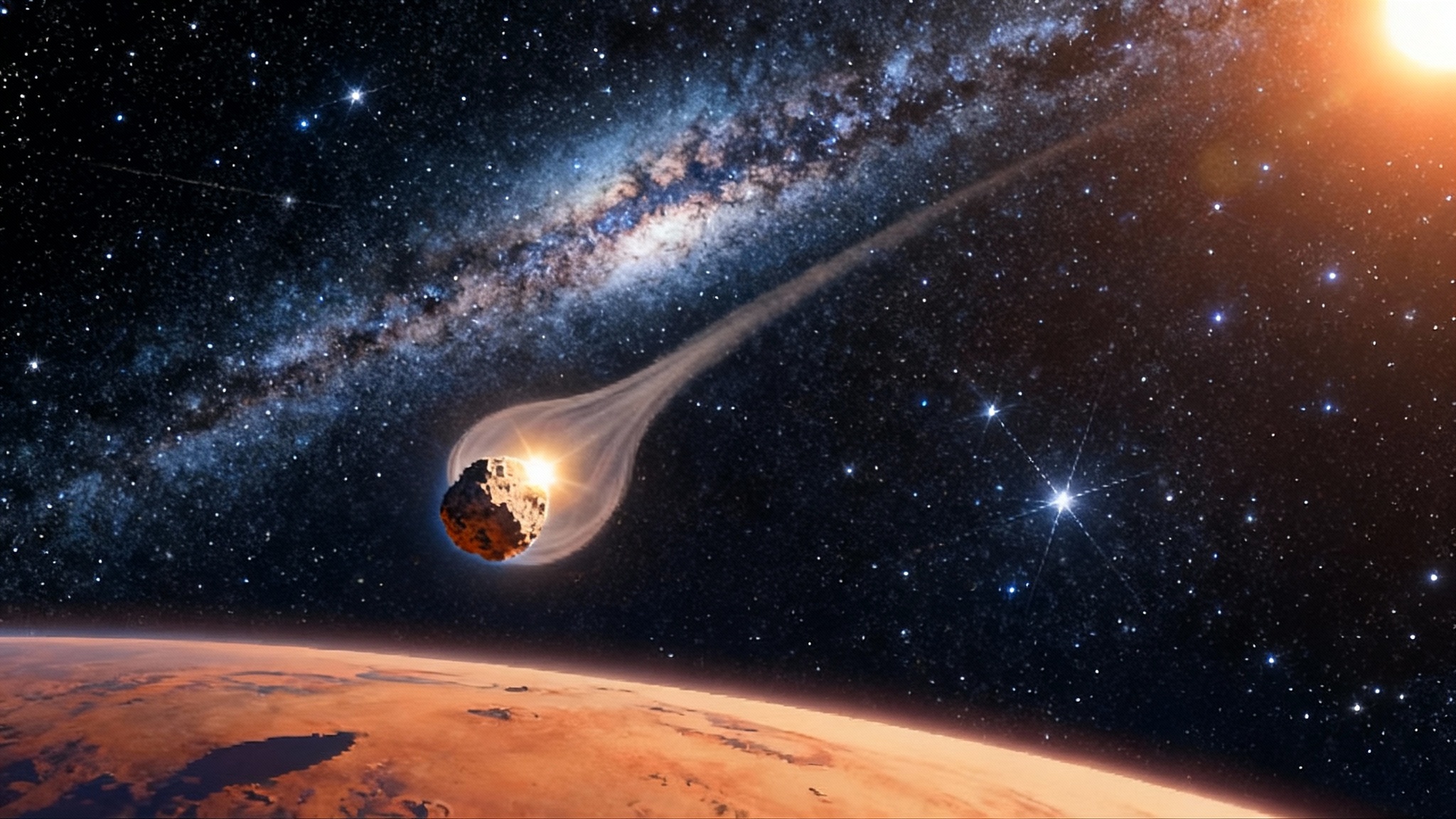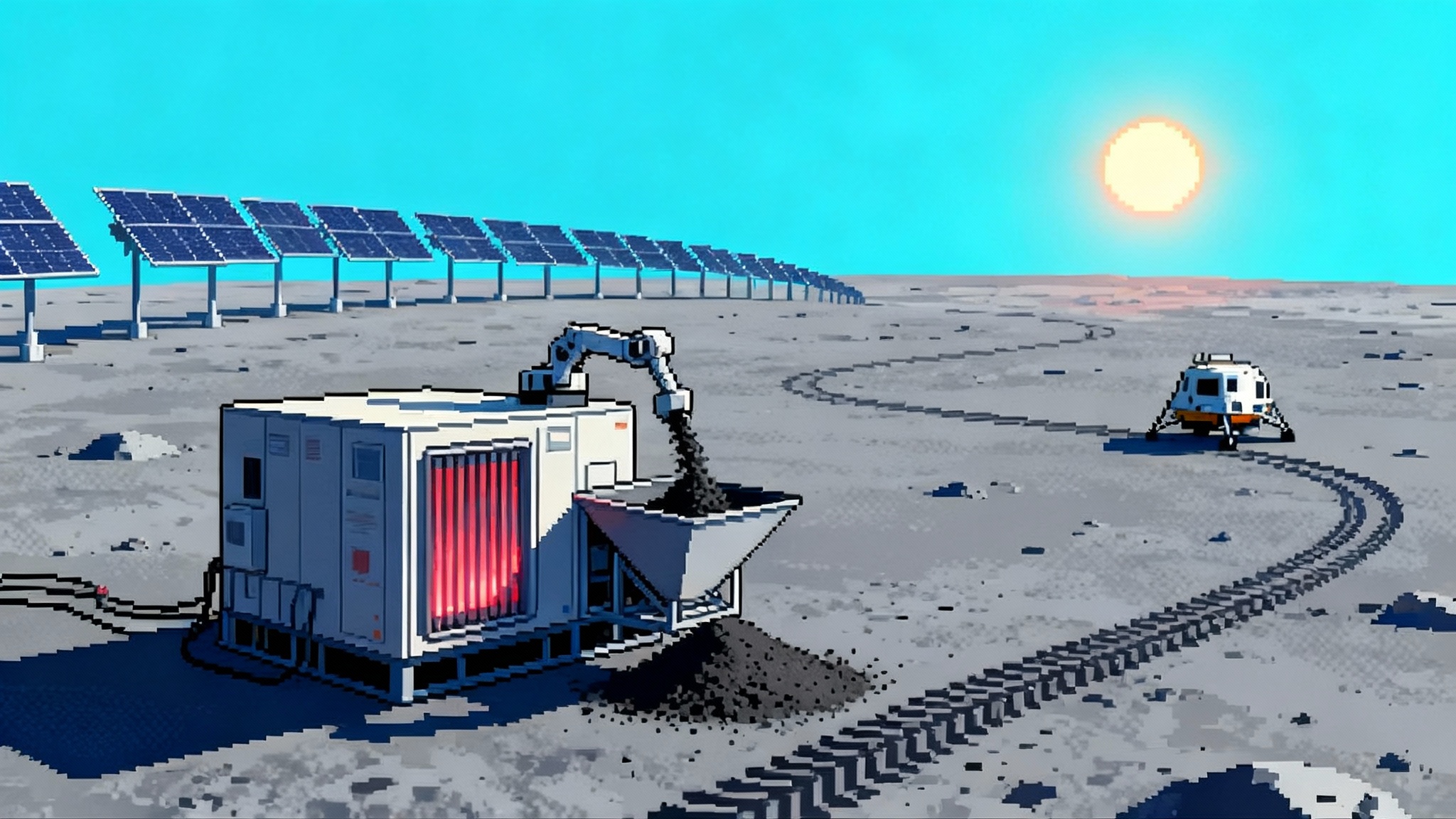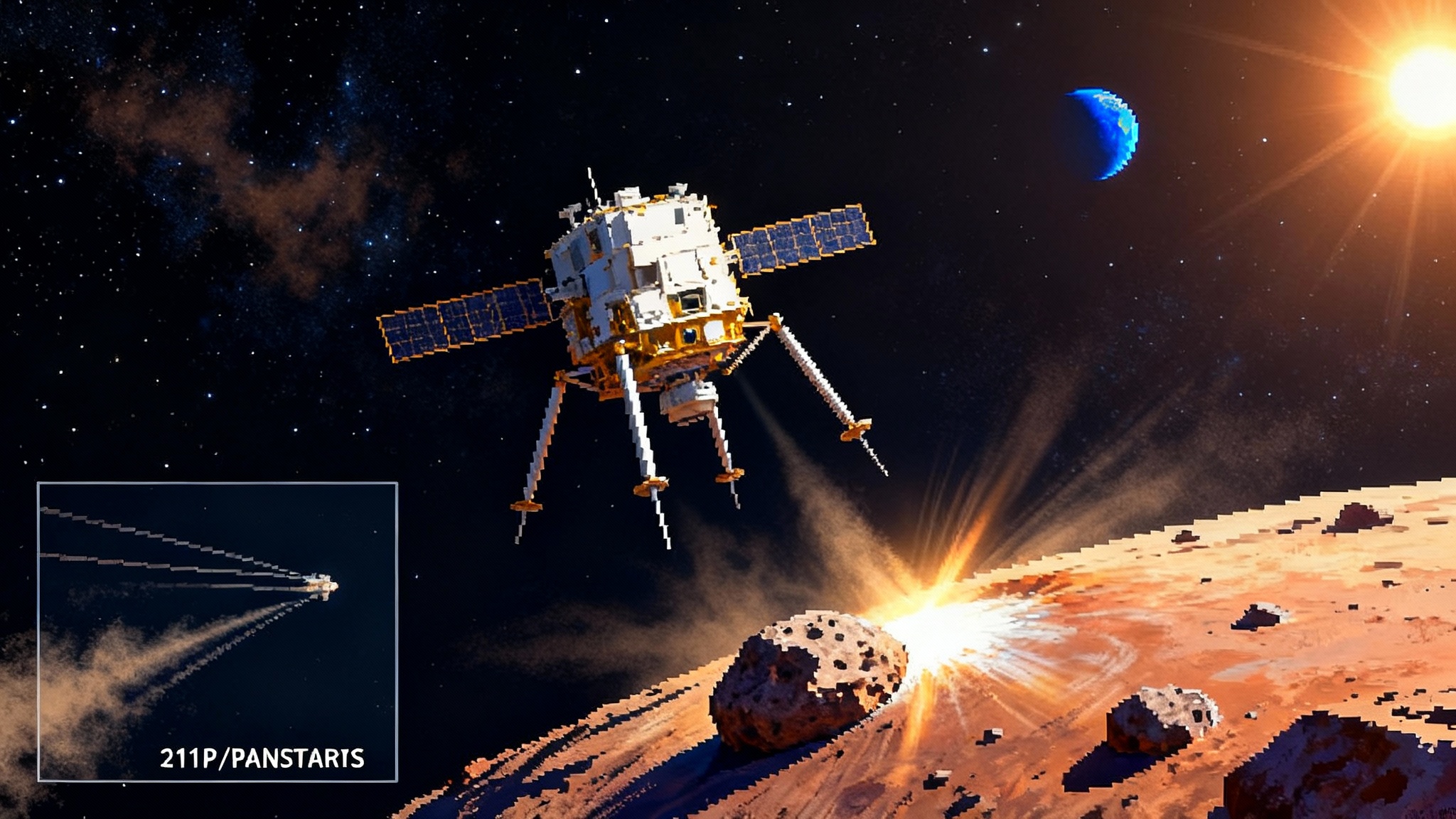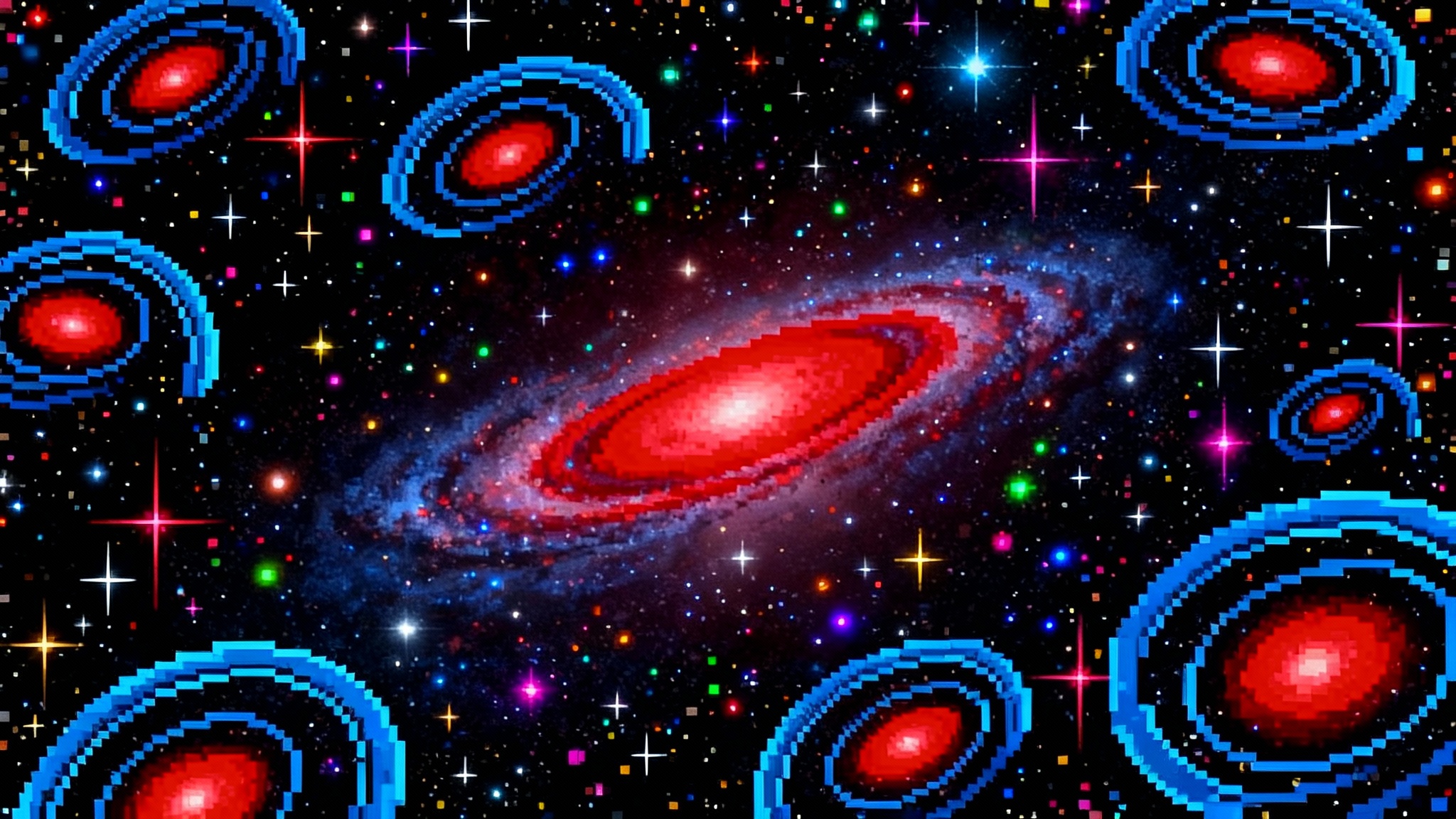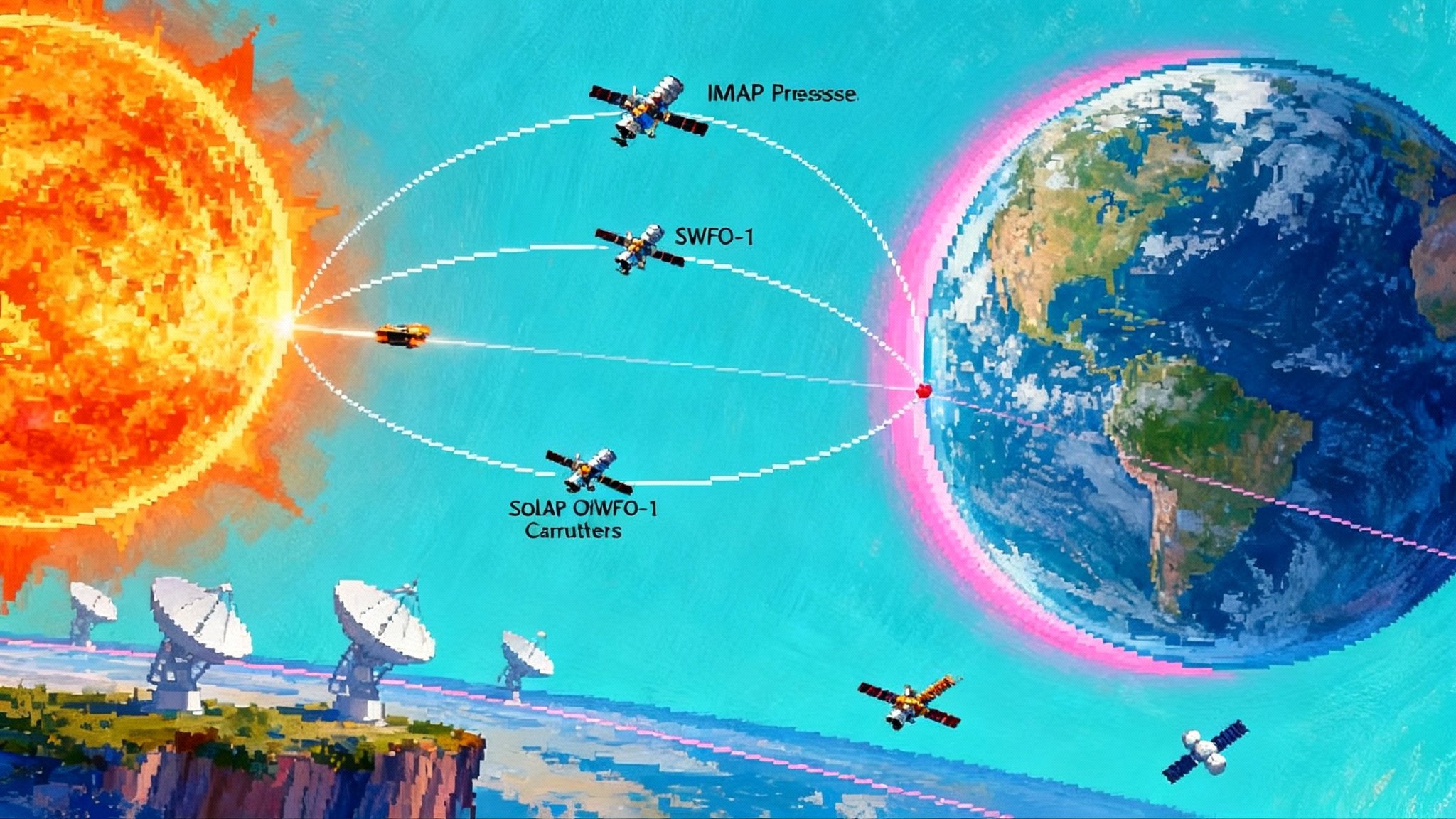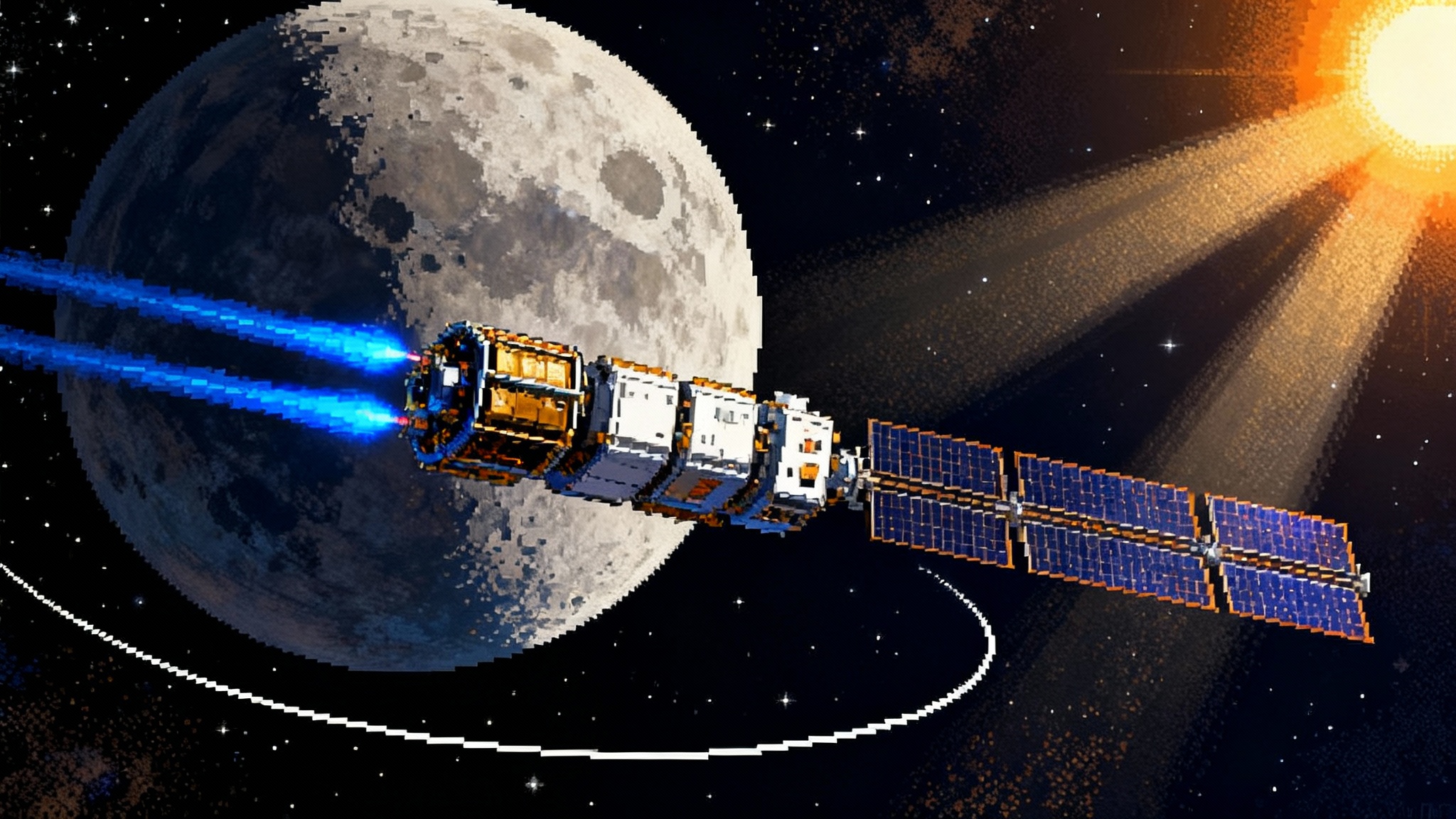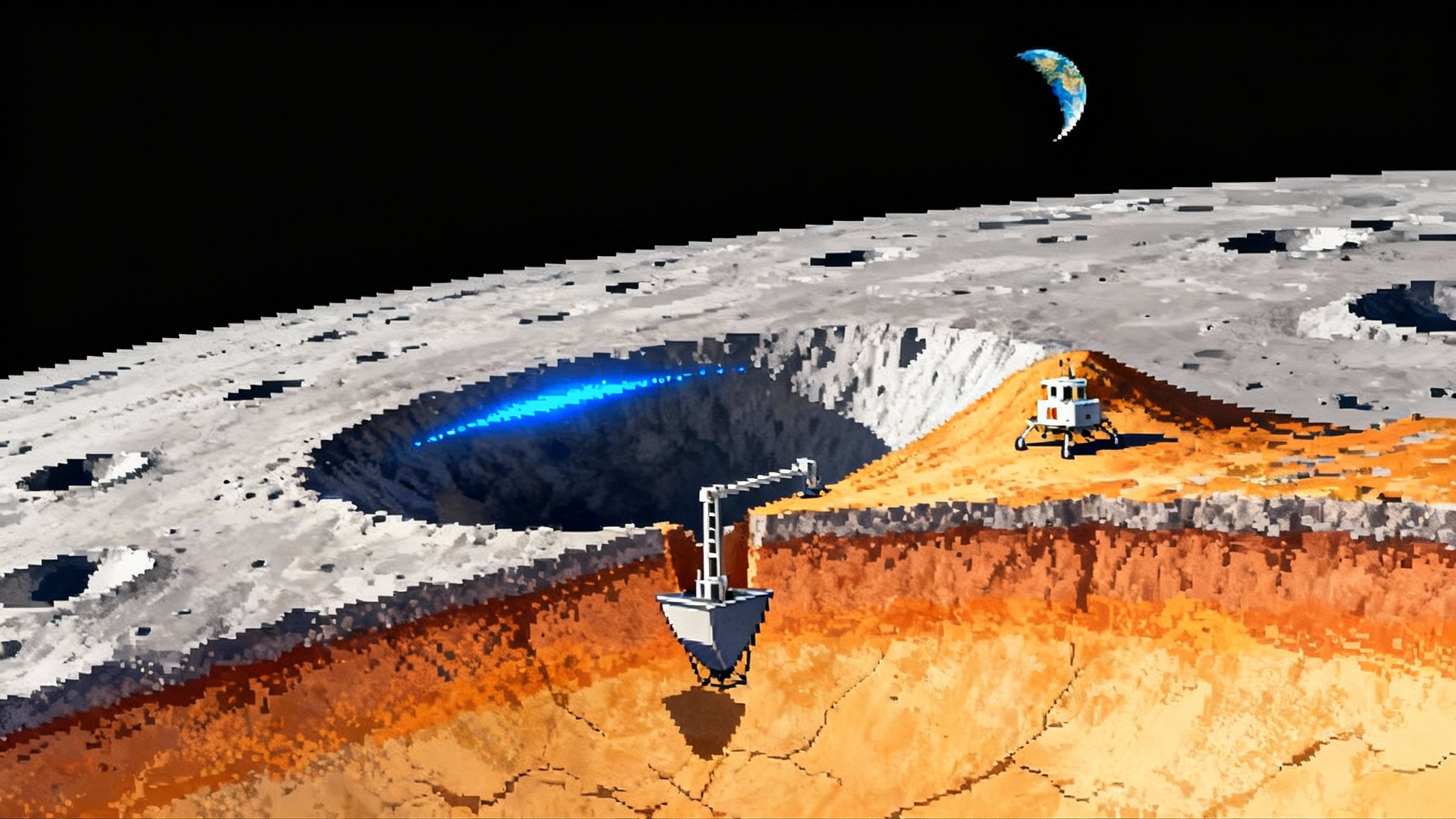Inside Io’s Mega Hotspot: Juno’s 2025 Volcanic Shock
Juno captured the most powerful eruption ever seen on Io and a cluster of synchronized hotspots near the south pole. The 2025 dataset reshapes ideas about tidal heating, interior plumbing, mission risk, and how to read lava worlds.

A hotspot that rewrote the charts
If you follow planetary volcanism, you know Io never does subtle. Even so, Juno’s late 2024 flyby and the data released in early 2025 stunned veteran observers. During the December 27, 2024 pass, the spacecraft’s infrared mapper locked onto an intense glow in the moon’s southern high latitudes. The signal was so bright it saturated the detector. The feature covers roughly 100,000 square kilometers and radiates tens of trillions of watts. The Juno spots record Io eruption report noted a massive hotspot that, by power alone, outshines Loki Patera’s usual record. It is not a single neat crater either. The best fit to the data is a cluster of closely spaced vents or paterae that brightened together.
That one image changes the way we tell Io’s story. For decades, we saw a world tiled with independent volcanoes, each driven by the same global tidal engine but erupting on its own schedule. The new hotspot suggests something more coordinated. When features brighten simultaneously across a large area, it implies plumbing that connects them below the surface.
The case for synchronized eruptions
As teams dug deeper into the dataset, they found evidence that multiple named hotspots in the region lit up together and reached extraordinary power levels. The timing points to a common trigger traveling through the crust and upper mantle. A preprint from members of the Juno infrared team argues for synchronized eruptions preprint across hundreds of kilometers, with total power estimates that leap beyond any previous outburst on Io. The pattern matters as much as the magnitude. If heat and melt can move laterally and activate several systems at once, Io’s interior is less like a jar of isolated lava lamps and more like a web of reservoirs and sills that share pressure.
Synchronized changes also give us a diagnostic test. If a single deep source feeds a regional network, you expect thermal histories that rise and fall in step, even when the vents are separated by rugged topography. If the drivers are local and independent, the light curves should drift apart. In 2025, they did not.
What is inside Io: network or ocean
Two end member models have long competed to explain Io’s heat. One pictures a global, partially molten layer, a magma ocean threaded with mush zones. The other sees a patchwork of interconnected reservoirs and dikes embedded in a hot but mostly solid mantle. Both can make volcanoes. Both can carry heat to the surface. Juno’s hotspot tilts the scales.
A global magma ocean is simple in spirit. Tides knead the layer, melt decouples the crust from the deep interior, and the system vents energy wherever weaknesses allow. But a true global layer tends to smear out the timing. You would expect strong background heat, frequent activity, and less need for lateral transfer to coordinate far flung vents.
A reservoir network, by contrast, fits the 2025 pattern. Imagine pressurized pockets of melt linked by sills, dikes, and high permeability corridors. A pressure pulse in one node can move through the network, lowering the effective strength of the crust over a broad area. The surface responds with multiple eruptions in quick succession. If those pockets sit near a rheological boundary where the crust transitions from strong to weak, the pulse travels farther with less damping. That is what the synchronized brightenings look like.
There is also the question of the lithosphere. If the strong outer shell overlying Io’s ductile interior is thicker near the poles, as some models suggest, pressure waves would prefer paths that skirt around tough blocks and exploit corridors of weaker rock. That would naturally produce regional bursts rather than uniform global flare ups. The southern latitude of the mega hotspot is not proof, but it fits.
How tides turn gravity into lava
Io’s heat source is not radioactive decay or lingering formation energy. It is orbital mechanics. Io’s slightly eccentric orbit, locked in resonance with Europa and Ganymede, ensures that Jupiter’s gravity flexes the moon every cycle. The strain field squashes and stretches the interior. Rock resists, then warms as it yields. Heat accumulates in zones that are soft enough to deform but strong enough to dissipate energy. Over time, parts of the mantle become a mush of crystals and melt. That melt tries to rise.
What we saw in 2025 is tidal heating translated into rapid plumbing dynamics. Rising melt enters a reservoir, pressure builds, and fractures propagate. If a sill intersects a nearby pocket of melt at nearly the same pressure, the system can equalize fast. That is how you get coordinated brightening. The effective viscosity of the mush matters too. Softer mush transmits pressure waves more efficiently. Colder, stronger rock damps them out.
The hotspot also helps us map where the energy goes. The intense radiance tells us not just that heat is being generated, but that it is finding large, open pathways to the surface where thermal emission dominates. If Io carried most of its heat by slow conduction through thick lithosphere, we would not see such a sudden spike.
What it means for the next missions
Juno will keep watching, but the baton is already in motion. Europa Clipper is on its cruise and set to reach Jupiter in April 2030. JUICE follows in 2031. Neither mission is designed to orbit Io, yet both will live in the same neighborhood and must manage the same hazards. The 2025 hotspot is a reminder that the Jupiter system can change fast and at large scale. That matters for risk and for opportunity.
For risk, there are three actors: dust, plasma, and radiation. Io’s volcanoes inject gas and dust into space. Ionized sulfur and oxygen feed the plasma torus that wraps around Jupiter’s magnetic field. Big eruptions can alter densities and particle energies along parts of the torus. If a mission plans a critical radio science pass or a delicate radar sounding near a region of enhanced plasma, signal quality and instrument safety come into play. Operators may choose to power down sensitive modes, change pointing, or adjust data rates to ride out the worst of it. For broader context on space weather readiness, see how the L1 Trio transforms space weather forecasting for deep space operations.
For opportunity, the same outbursts can be science gifts. A fresh plume can seed neutral clouds and auroral footprints that remote instruments can track. Spectrometers can search for transient species. Cameras can chase color changes that paint new terrain with sulfurous frost. The lesson is flexibility. Keep a margin in the plan so you can pivot when the system lights up. Mission teams that adapt quickly often succeed, much like the BepiColombo road to Mercury adjustments that kept a complex trajectory on track.
Designing to survive dust, plasma, and radiation
Radiation around Jupiter is unforgiving. Electronics need shielding and parts that keep working after heavy ion hits. Cabling and sensors need routing that minimizes cross talk when surrounding plasma becomes noisy. Io raises the stakes by spiking the environment.
Here is what the 2025 hotspot argues for in practical terms:
- Update radiation and plasma torus models with eruptive states, not just quiet baselines. Treat plasma density and composition as time dependent. Fold that into link budgets and radar performance models.
- Add real time or near real time environment monitoring to flight rules. If the onboard particle counters rise above a threshold, suspend the most vulnerable modes and switch to hardened configurations.
- Fly with dust awareness. Keep protective covers on optics until minutes before observations in zones where plume fallout is plausible. Use baffles and coatings that can tolerate sulfur compounds.
- Plan attitude and pointing to avoid boresight slews through bright infrared hotspots that could saturate detectors or trigger thermal limits. Build margin in heater and radiator capacity so the thermal control system can hold setpoints when the target is unexpectedly bright.
- Split key measurements across multiple passes. If a plume or a plasma enhancement fouls one, the campaign does not fail. Design agility matters, as seen in the Dragonfly moves from plan to build transition that bakes resilience into hardware and ops.
None of this is new in spirit. The new hotspot makes it urgent in practice.
A better roadmap to Io’s interior
The synchronized eruptions give mission planners and scientists a way to test interior models with flyby data:
- Thermal evolution: watch how fast the bright region cools. Rapid decay points to shallow, narrow pathways. A lingering glow suggests deeper reservoirs with sustained recharge.
- Spatial correlation: map which nearby paterae stayed quiet. If some neighbors never brightened, the plumbing is selective. That constrains the geometry of the network.
- Spectral fingerprints: look for temperature components that imply fresh lava fountains versus warm crust. Multiple thermal components mean a mix of styles, consistent with a wide network rather than a single open lake.
- Gravity and tides: compare hotspot timing to Io’s orbital phase and predicted stress fields. If eruptions consistently follow particular tidal states, the trigger is mechanical rather than purely thermochemical.
These are tests Europa Clipper and JUICE can help with from a distance. Even without dedicated Io flybys, their infrared, ultraviolet, and fields and particles instruments can watch the system respond.
What about a true magma ocean
Could Io still hide a global magma ocean beneath the crust? It is possible that a planet wide layer exists, but patchy and not continuously connected. In that picture, the 2025 burst would be a place where the ocean approaches the surface, making lateral transport easy. Yet the pattern of selective activation argues that not every nearby hotspot tapped the same flood of melt. Instead, some nodes ignited while others slept, which fits a reservoir network better than a smooth, global sea. The balanced view is that Io likely hosts broad regions of high melt fraction, stitched together by corridors that sometimes behave like a single system.
Future observations can separate the scenarios. A magma ocean model predicts long lived thermal plateaus and more uniform correlations with tidal phase. A network model predicts bursts, pauses, and traveling fronts.
Beyond Jupiter: echoes on exoplanets
Io is the closest laboratory for tidally heated rock, but it is not the only one. Several close in rocky exoplanets receive tidal forcing strong enough to soften their interiors and push them toward volcanism. Lava worlds like 55 Cancri e and K2 141 b are extreme cases where stellar heating dominates the surface, yet tides may still shape the interior. What Juno saw in 2025 tells observers what to look for at stellar distances. If melt moves laterally, thermal hotspots on exoplanets could drift or flare in groups. Phase curves might show rapid changes that do not track the orbital day. High resolution spectroscopy could catch short lived gases.
There is a philosophical echo too. Tides turn orbital order into geologic chaos, then back into orbital order as bodies exchange angular momentum. The 2025 event shows that translation happening in real time.
The big picture for Jovian exploration
This is how the roadmap evolves after a record setting hotspot:
- Keep Juno watching as long as the spacecraft can operate safely. Track brightness, area, and spectral shape of the southern hotspot and its neighbors.
- Use the updated environment to refine Europa Clipper’s and JUICE’s operations near perijove. Build decision gates that account for eruptive states.
- Coordinate ground based telescopes for context. Thermal infrared imagers and spectrographs can monitor Io’s global output between spacecraft passes.
- Prepare for surprises. The next synchronized burst may happen in a different region. The network might be bigger than we think.
The 2025 data pulled a thread and revealed a tapestry. Io is not only the most volcanic body in the solar system. It is a connected system where tides, rock, and time conspire to light up the night side like a furnace. For explorers heading into Jupiter’s realm, that is both a warning and a promise.

